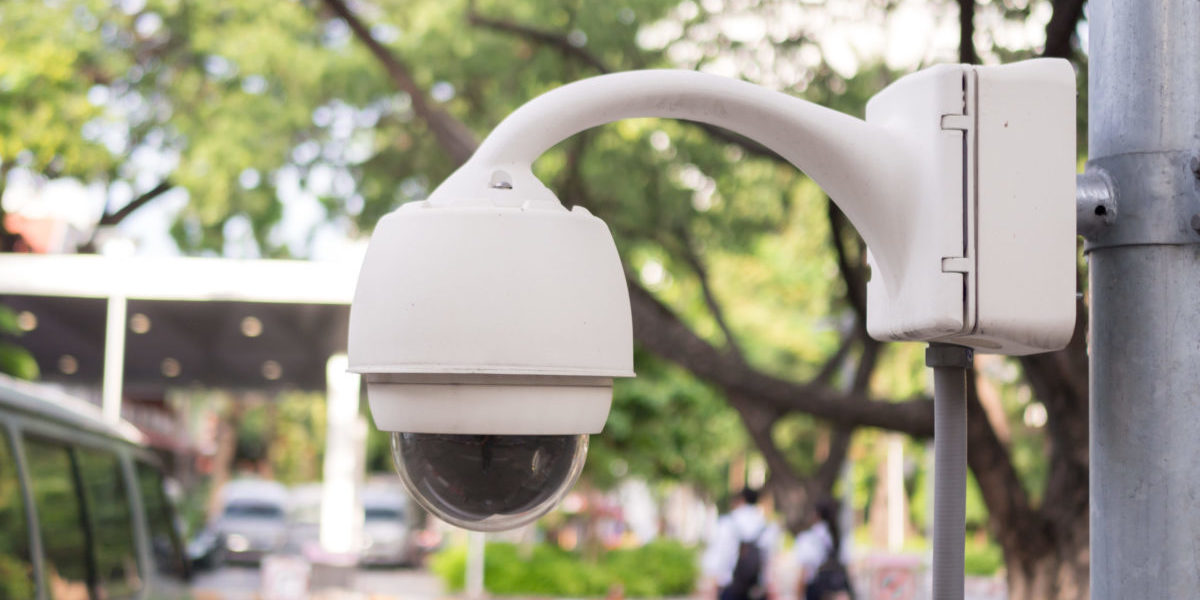The FBI’s latest research indicates it take law enforcement on average 8 minutes to respond to a school shooting. If a school resource officer (SRO) is on site, the response time is 1.5 minutes. Is your building resilient enough to give law enforcement the necessary time to arrive, identify and neutralize the situation?
Sound fundamentals are the backbone of a strong school security program, and in the wake of the latest school shooting tragedies, now is the time to review “the six ‘R’s” of school security which lead to a resilient school.
Here they are:
- Reaffirm your relationship with law enforcement
- Revisit access control systems
- Recommit to knowing visitors
- Review/Revise safety and security policies
- Review your security systems
- Rehearse by conducting regular drills
Reaffirm
Reach out to the local law enforcement agencies that respond to emergencies at your district. Ensure they have access to school buildings and are familiar with your facilities. For instance, invite them to stop by, come inside and have a cup of coffee. Provide a weekly schedule of evening events and invite them to stop in and visit. That kind of increased visibility sends a strong message to the community about your commitment to school security and enhances your school security program. If you have an SRO, ensure they are visible and engaged with students. Have them patrol buildings and the campus in unpredictable patterns in an attempt to increase their effectiveness.
Revisit
What does your access control system (ACS) actually do? What are its limitations? Ensure that your ACS is operating correctly. Try to implement SPE2 – Single Point of Entry, Single Point of Exit, which will greatly impact visitor accountability. Controlling access means controlling your perimeter. Are all perimeter doors secured? Do all doors (internal and external) latch securely? Are doors propped open? Are robust key and ID controls in place? Are restricted areas (boiler and electric utility rooms, server rooms and other mission critical equipment areas) secured?
Recommit
Require staff to wear ID badges that are positioned in a manner that makes their information visible. Ensure visitors follow sign-in and sign-out procedures and openly display their own badges. Create a culture in which staff questions anyone who is not wearing a badge, including substitute teachers and contractors. It is also important to tighten policies for delivery personnel, including vendors who deliver food and flowers.
Review/Revise
Review your building and district emergency and security plans. Make sure you are aware of what has changed since the last revision and whether or not contacts are current. School security policies should also be up-to-date and realistic, and any necessary updates should be applied. Review procedures for issuing ID badges and handling lost IDs. Review visitor management policies and ensure they’re being followed. Review your code of conduct and suspension policies, as well as child abuse reporting procedures. Other questions you should ask to confirm that safety policies are being implemented properly include: Are off-site evacuation centers accessible? Have those locations been visited? Has training been conducted?
Revisit
Revisit the elements of your school security system. The inclusion of security vestibules are imperative and they should be protected by bullet-resistive film or glass. It is recommended that door vision panels also include bullet-resistive material. Both motion-controlled classroom lighting and perimeter lighting surrounding the building are highly integral toward security reinforcement, in addition to cameras and other recording equipment. The recording equipment must be operational, video footage should be reviewed on a regular basis and video evidence should be properly preserved. Furthermore, all timers that are utilized by security equipment should be properly programmed.
Rehearse
Conduct regular drills for the security-related parts of your emergency plan. Lockdown drills are essential. Work with local emergency responders and plan drills involving active shooter scenarios. Ensure staff understands the actions necessary for active shooter response. Critique each drill and develop plans to address deficiencies.
Remember: Security isn’t a matter of convenience. It involves the entire school community. Make sure to involve all of your stakeholders.

By: J. Brett Carruthers, CSP, RSSP
Vice President, Risk Management & Director of Risk Management, Wright Public Entity and New York Schools Insurance Reciprocal
Summary of Qualifications
Brett is a safety and risk management professional with 35 years of experience, with the last 25 in public sector safety and risk management working with municipalities and public school districts.
Responsibilities
Brett Carruthers is the vice president of risk management and director of risk management for the New York Schools Insurance Reciprocal. He oversees and protects $50 billion in total insured value; 9,500 motor vehicles; 250,000 educators and administrators and 1 million public school children in New York State. Brett has over 35 years of diverse safety, security and risk management experience and is a graduate of Indiana University of Pennsylvania with a BS degree in safety sciences and a minor in human resource management. He is a member of the American Society of Safety Professionals (ASSP) and has served ASSP as an officer at the local, regional and national levels. He was recently inducted as a Fellow by the Los Angeles Council of Engineering and Scientists and has received a number of awards for his contributions to the safety profession.
Business Experience
Wright Public Entity and NYSIR - 1997 to Present
The BC Group - 1993 to 1997
Occidental Chemical Corporation - 1989 to 1993
Kemper Insurance - 1984 to 1989
Henry J. Kaiser Company - 1983 to 1984
Citizen's Ambulance Service - 1977 to 1983
ERM Experience
Contributed to the development of NYSIR's ERM program.
Professional Affiliations
American Society of Safety Professionals (ASSP)
Public Risk Management Association (PRIMA)
Education
BS in Safety Sciences, Minor in Human Resources Management - Indiana University of Pennsylvania



